| ||||||||||||||||||
| ||||||||||||||||||
| ||||||||||||||||||
| ||||||||||||||||||
| ||||||||||||||||||
| ||||||||||||||||||
| ||||||||||||||||||
viernes, 13 de septiembre de 2019
Fluorescence | Medical News | Medical Articles | Fluorescence |
Medical News | Medical Articles
Suscribirse a:
Enviar comentarios (Atom)


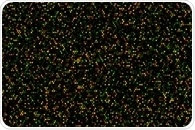
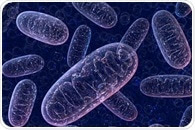
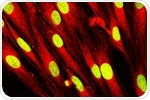
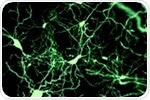
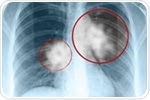






















.png)









No hay comentarios:
Publicar un comentario